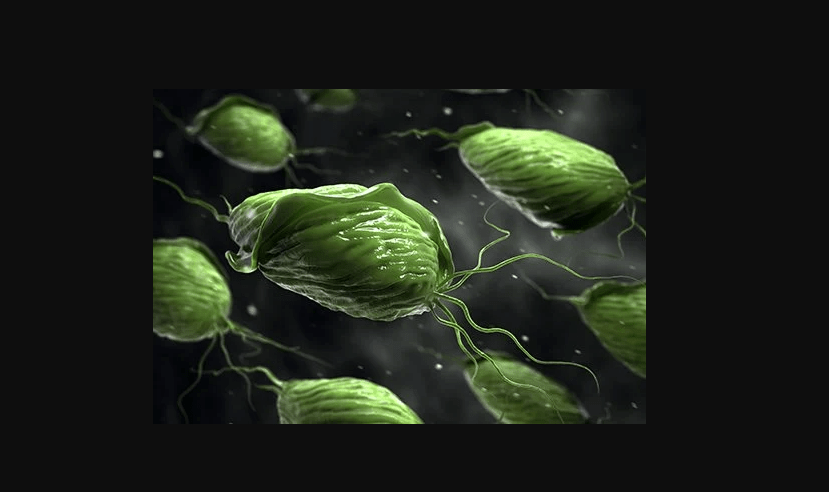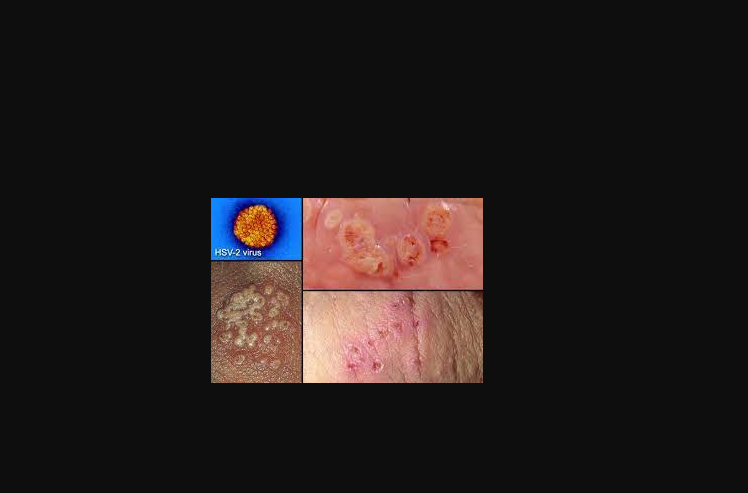
Most Causes of Vaginal Discharges;-A clear or whitish fluid that leaks from your vagina is known as vaginal discharge. While discharge is common, changes in its quantity, consistency, color, or smell may point to an infection or another issue.
A clear, white or off-white fluid that leaks from your vagina is called vaginal discharge. Vaginal discharge, which is mostly made up of cells and germs, is produced by your uterus, cervix, and vagina. It aids in lubricating and cleaning your vagina as well as preventing infection and harmful bacteria. Vaginal discharge is a typical and natural procedure, however changes to your discharge could indicate an infection or illness.
Most Causes of Vaginal Discharges
There are different levels of vaginal discharge in women or those who were assigned female at birth (AFAB). While some people detect very little, others produce more discharge than others. Your normal vaginal discharge’s color, texture, smell, or amount changing could indicate an issue. Medication can usually be used to address most abnormal vaginal discharge sources.Discover the Most Causes of Vaginal Discharges 2022
Discover the Most Causes of Vaginal Discharges 2022
Yeast infection
When a certain fungus (candida) overgrows in your vagina, vaginal yeast infections take place. It causes a vaginal discharge that is thick, white, and resembles cottage cheese. It’s possible that your vagina will enlarge, itch, and hurt during intercourse. A yeast infection is treated with antifungal drugs.

Trichomoniasis or “trich”
An STI called trichomoniasis is contracted through sexual contact with an infected person. Trichomoniasis is caused by a parasite. Your vaginal discharge becomes bubbly or frothy, and it turns green, yellow, or gray. Antibiotics are used to treat it.Discover the Most Causes of Vaginal Discharges 2022

Bacterial vaginosis or BV
When a specific bacteria builds up too much in your vagina, bacterial vaginosis develops. Although not always, it can be spread by sexual contact. People with BV have a fishy-smelling, white or gray discharge. Antibiotics are used to treat it.Discover the Most Causes of Vaginal Discharges 2022
Read;The Best Method to Overcome PID to Females 2022

Gonorrhea (clap) and chlamydia
You can contract chlamydia and gonorrhea through having sex with an infected person. Your healthcare professional prescribes antibiotics to treat both infections. These infections can cause some people to have hazy, yellow, or green vaginal discharge. If the infection is not treated, it could spread and result in a painful, inflammatory condition of the pelvis.Discover the Most Causes of Vaginal Discharges 2022

Are there any noninfectious causes of vaginal discharge?
It’s not always an infection that causes vaginal discharge. Vaginal discharge may also be brought on by sexual arousal and modifications to the natural balance of good bacteria in your vagina.
Other things that can cause discharge include:
- An unwelcome thing inside or close to the vagina. You might, as an illustration, leave a tampon within your vagina.
- An allergy-related itch or rash brought on by something (a substance or chemical). This could come from sexual lubricants, condoms, soaps, or materials used in sex toys.
- A disease known as atrophic vaginitis. When estrogen levels drop after menopause, this may occur. The vaginal walls become drier and thinner than usual due to the decreasing estrogen levels.
- You create greater discharge during pregnancy because it aids in preventing infection.
- During ovulation, your discharge may become more slick and watery (when your ovaries release an egg). This will make it easier for sperm to swim up to an egg and fertilize it.Discover the Most Causes of Vaginal Discharges 2022
What is considered normal vaginal discharge?
Vaginal discharge should typically be white or transparent. It shouldn’t smell unpleasant, and its thickness may vary from period to period. The following are additional aspects of vaginal discharge:
Texture: Vaginal discharge can range in consistency from watery and sticky to gooey, thick, and pasty. This change is brought on by hormones in your body, but other elements, such as an infection, can also affect the nature of your vaginal discharge. If your vaginal discharge is chunky, foamy, or comes with itchiness and color changes, you may have an infection.
Varying in quantity, vaginal discharge is produced by different people. How much vaginal discharge you experience might vary depending on a number of factors, including ovulation, pregnancy, and the use of birth control tablets. Changes in your vaginal discharge that occur suddenly may indicate a problem.
Vaginal discharge could have a smell, but it shouldn’t be overpowering or unpleasant. You can have a vaginal infection if your discharge has a fishy or unpleasant smell and changes in texture or color.Discover the Most Causes of Vaginal Discharges 2022
Frequently Asked Questions
- What causes a woman to have more discharge?
Arousal, ovulation, or infections can all result in excessive vaginal discharge. The color of typical vaginal discharge might range from clear or milky to white. Vaginal discharge can range in consistency from thin and watery to heavy and sticky. Healthy vaginal discharge should typically have little to no smell.
These natural variations in color and thickness are related to ovulation. Other changes, however, might not be typical and may not be related to your cycle. Your discharge can signal an imbalance of good bacteria in your vagina, which could be an indication that something is wrong.
Concerning discharge could be a bright yellow or green color. Extra watery discharge or discharge that is clumped, chunky, or thick (like cottage cheese) might also indicate a problem. Other indications of infection include redness, pain, or itching.
Be the first to comment